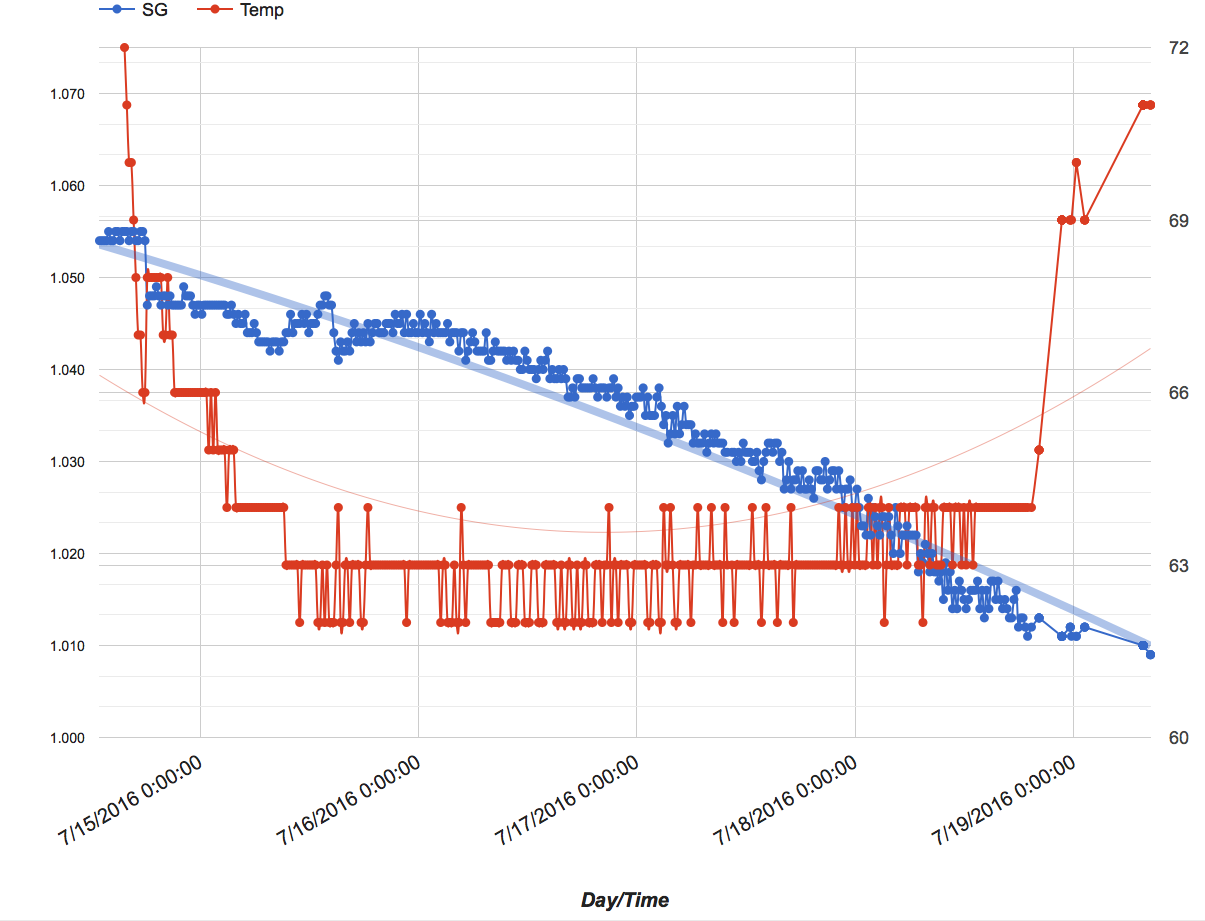luizffgarcia
Well-Known Member
- Joined
- Jan 26, 2016
- Messages
- 199
- Reaction score
- 20
Hey guys, maybe you can help me figure something out.
I read many posts in which people describe their process for brewing IPAs as:
- Wait for active fermentation to subside, dryhop, cold crash, keg and drink fresh. Those who use this method usually drink their beer after around 17 days of brew day. They cold crash as soon as they can disregarding hydrometer readings.
My process is:
- Ferment until hydrometer readings stop changing for 3 days (usually 2 weeks), dry hop for 1 week, bottle, bottle condition for 4 weeks, 3 days in the fridge and drink around 49 days from brew day.
I am brewing good beer but not excellent, and for sure my beer is not the best after only 2 weeks in the bottle.
My main question is. Is kegging the main difference which allows people to cold crash even before hydrometer readings are 100% stable to drink the beer really fresh? I think i will get bottle bombs if i do that...
I read many posts in which people describe their process for brewing IPAs as:
- Wait for active fermentation to subside, dryhop, cold crash, keg and drink fresh. Those who use this method usually drink their beer after around 17 days of brew day. They cold crash as soon as they can disregarding hydrometer readings.
My process is:
- Ferment until hydrometer readings stop changing for 3 days (usually 2 weeks), dry hop for 1 week, bottle, bottle condition for 4 weeks, 3 days in the fridge and drink around 49 days from brew day.
I am brewing good beer but not excellent, and for sure my beer is not the best after only 2 weeks in the bottle.
My main question is. Is kegging the main difference which allows people to cold crash even before hydrometer readings are 100% stable to drink the beer really fresh? I think i will get bottle bombs if i do that...





